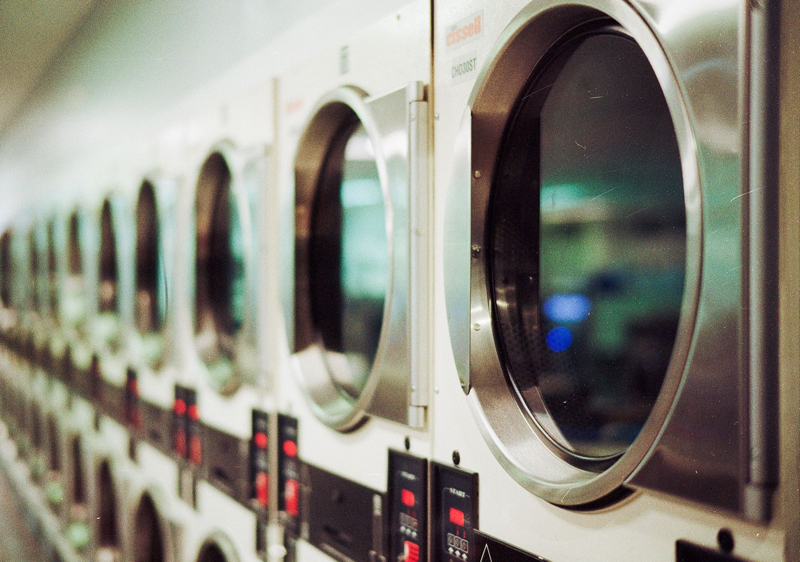A new scientific study led by researchers in Norway finds that people care for their clothes in different ways depending on the clothes are made of. This in turn, the researchers show, has significant effect on the use of resources needed for laundering – resources such as water, energy, and related greenhouse gas emissions.
Published in the peer-reviewed journal Sustainability, the research is based on the results of a quantitative wardrobe survey of more than 200 consumers in each of China, Germany, Japan, the UK and the US each, plus additional qualitative laundry diary data from 30 consumers in each country.
Woollen garments have the lowest water and energy use per wear, the study found. Clothes made from wool were washed less frequently than those made from cotton, cellulosics, and synthetics. The study demonstrates the positive eco-credentials of wool, says Angus Ireland, Deputy Chair of the International Wool Textile Organisation’s Sustainable Practices Working Group.
“It helps demonstrate to the fashion and textile trades – as well as consumers – that wool is the ‘planet-friendly’ fibre of choice.” Research like this underscores the need for consumer behaviour data to understand the true environmental impacts of clothing.
The Laundry Factor
In a world where there is increasing concern about ‘fast fashion’ and the effect on the environment of synthetic textiles, it is more important than ever to ensure accurate environmental assessments for apparel.
With laundering frequency being the most important indicator of energy consumption during the use phase when clothes are being worn and washed, it is clear that consumer awareness of the laundering needs of different fibre types plays a vital part in sustainability.
Wool clothing requires less washing because of the fibre’s natural resistance to odour, stains, and wrinkles. “The fact that wool clothes need less frequent washing not only reduces energy and water consumption, it also preserves the as-new look of the garment, enabling consumers to continue wearing it for longer,’ Angus Ireland says. “Washing frequency also drives the release of microfibres into the environment. While not a concern for biodegradable fibres such as wool, the higher washing frequency needed for synthetic garments magnifies the problem of microplastic pollution.”
Wider Impacts
This research provides quantified and robust data about the environmental impacts of clothing during the time they are actively used. The results will be utilised in the IWTO’s engagement with the European Union’s Product Environmental Footprinting initiative (PEF).
IWTO is part of this industry-wide initiative to calculate the footprint of apparel and footwear. The PEF is expected to become the most influential market-facing reporting system for green credentials.
Jeannette Cook is Communications Manager at the International Wool Textile Organisation. Through scientific research, wool textile education and knowledge sharing, IWTO ensures a sustainable future for wool. To learn more about wool and the PEF, please feel free to get in touch with us.
Visit: www.iwto.org

